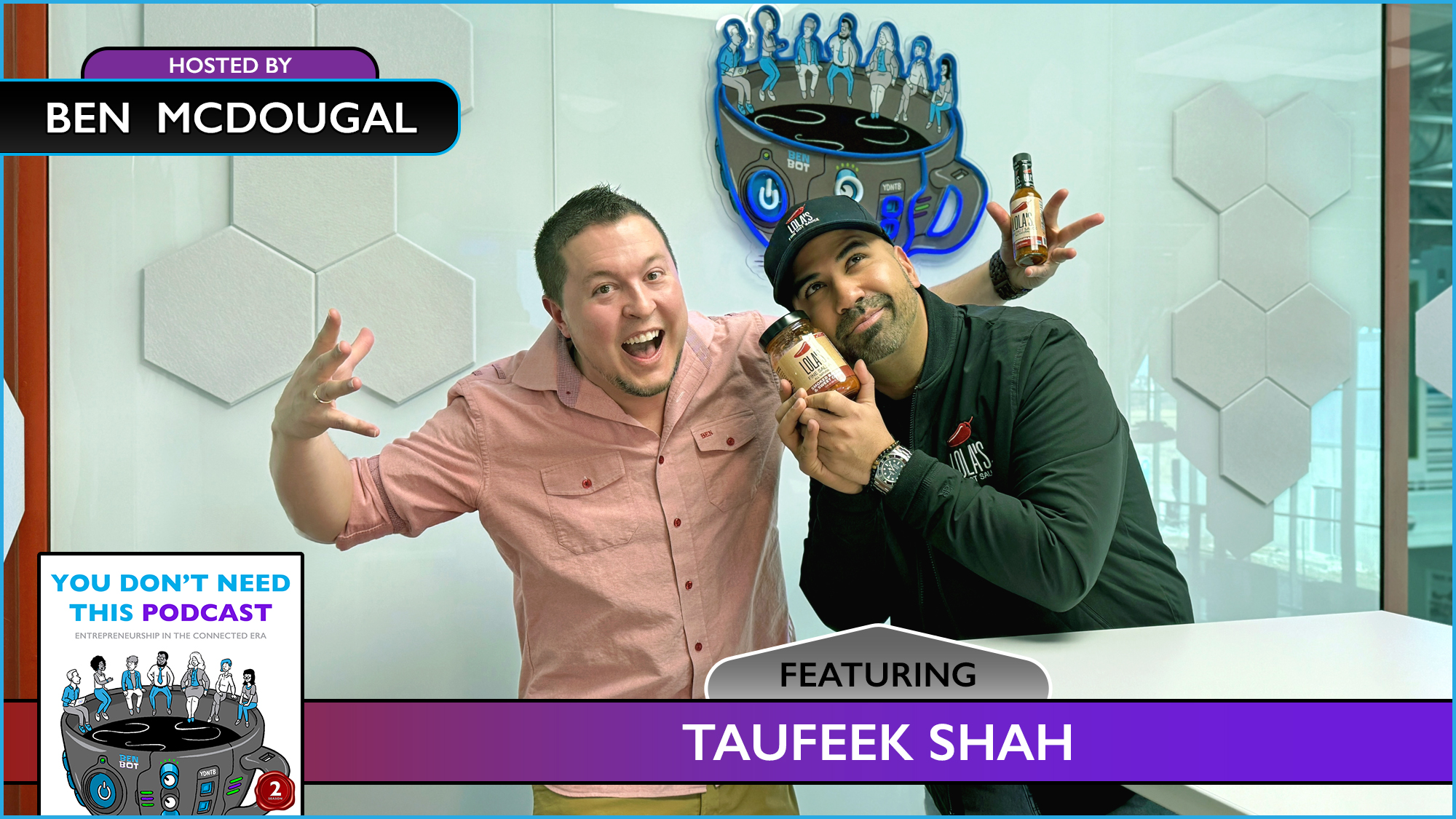Repetition builds clarity for the stories of our quests. Isochronal means uniform in time, or occurring at regular intervals. Let’s think through why recurring reminders are needed to motivate awareness, action, and steadfastness.
The starting state, is how hard it is to get anyone to do anything. Motion requires force. We don’t know what we don’t know. The dance of an entrepreneurial lifestyle takes time and action calls for commitment.
That’s a heavy ask and attention is scarce. Whether it’s garnering early feedback, attracting customers, or in general, finding people who care while also maintaining momentum, there’s an art form in blending new ideas with repeated elements of your mission.
Along they way, playing with specificity helps to make a quest feel less intimidating. Recurring pieces of a puzzle act like stepping stones. The jumps may be short at first, but the size and distance become advanced on the path to scaling ideas. Scaling is hard and even a small audience is challenging to activate with consistency.
This is partly because consistency requires sacrifice. When it comes to business, consistency is what most people want. Passion is fine, but are you healthily obsessed? The sacrifice is worth it when discipline makes business an authentic experience. It can almost become a hobby that pays. We enjoy hobbies and it’s easy to be authentic when you enjoy something. No act required. It’s easier to be consistent when you’re authenticity feels normal. When consistency is then united with discipline, perhaps we find our own isochronal.
Your own version of isochronal is thoughtful repetition that helps to deliver on whatever the promise may be.
Extra Shot
When it gets repeated, the story grows.
True fans can stay in-tune, then steadfastness catches fresh awareness along the way. What’s your smaller, more specific target audience? It’s a moving target, but how can nimble calls to action resonate with the smallest viable audience?
To create intrigue alongside consistency, combine personal touch with true understanding. Humans can say less when something is understood, so tighten your vocabulary with fewer words. It must maintain reality, but fewer words can make things easier to repeat and therefore, remember.
When anything becomes worth repeating, the motivators of a mission can be passionately passed to future leaders with added clarity. This becomes critical for long-term quests that have ongoing rotations of participation. New leaders who keep innovating on what works can revitalize a team, support healthy succession in an organization, and keep dots connecting for the community. Without clarity, the fresh energy of future leaders can be misguided and may fracture progress. The story of any quest will always be evolving, but how might clarity on a foundation of constants support more lasting, recurring momentum?
For external communication, sequencing keeps each touchpoint lighter. Conciseness allows first impressions to be impactful, then content that rhymes over time can guide more isochronal action without hesitation. Repetition brewed with the staying power of sequencing keeps the narrative consistent and therefore more transferable. Transferability helps make onboarding newcomers sustained, bold, honest, and efficient.
Isochronal sequencing also bridges dips in clarity among different segments of existing stakeholders. It’d be nice if recurrence wasn’t a part of the equation, but it’s loud out there! Attention is hard to earn and harder to maintain. We also know endless reminders are annoying. The weight of too much at once is daunting too. There’s an art form in communication that guides lasting enrollment.
Be isochronal with a strategic cadence, perceptual learning, fresh consistency, and space for sequenced storytelling.
NOTE: This writing is an expansion on No Running, an earlier (and less thought out) writing on repetition.
